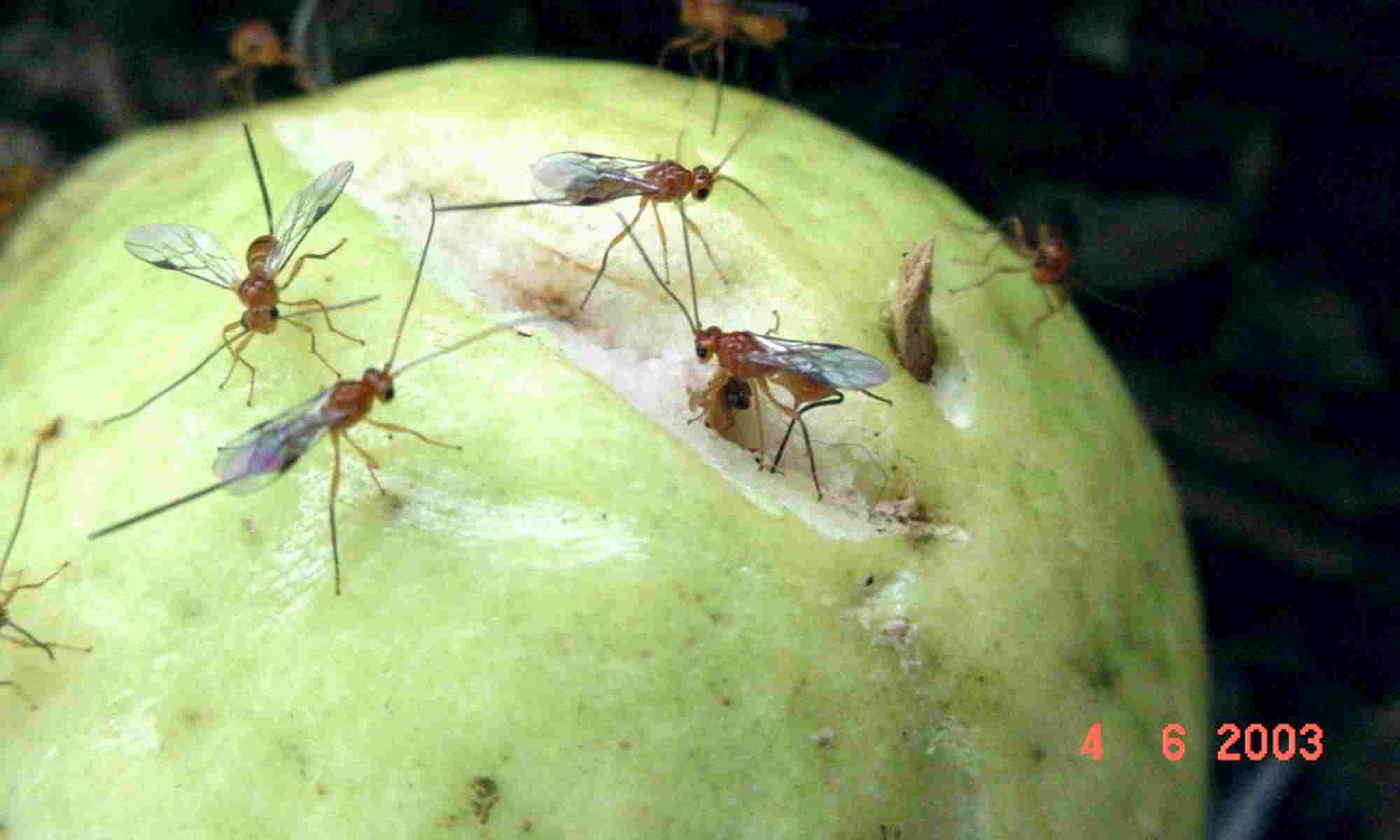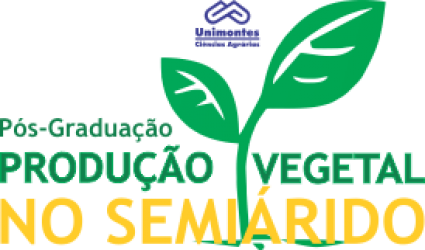- Version
- Download 4
- Tamanho do Arquivo 1.42 MB
- Data de Criação 11/06/2021
- Download
TEIXEIRA, Matheus Ferreira França. Produtividade e qualidade do caldo de cultivares do sorgo sacarino em função da aplicação de herbicidas. 2014. 81 p. Dissertação (Mestrado em Produção Vegetal no Semiárido) – Universidade Estadual de Montes Claros, Janaúba, 2014.
A utilização de sorgo sacarino como atividade aditiva, no sistema de produção de açúcar e álcool, tem sido estuda com destaque. Dentre os entraves relacionados ao cultivo das culturas em rotação está o manejo de plantas daninhas utilizando-se herbicidas, principalmente em função da falta de informações acerca da seletividade dos produtos à cultura. Nesse sentido, objetivou-se com os trabalhos avaliar o efeito de 2,4-D, Atrazine, Bentazon, Linuron e Tembotrione sobre características agronômicas e tecnológicas de seis variedades de sorgo sacarino (BRS: 501, 504, 506, 508, 509 e 511). O experimento foi organizado em blocos casualizados, em esquema de parcelas subdivididas com quatro repetições. Os herbicidas foram aplicados na pós-emergência, quando as plantas apresentavam quatro ou cinco folhas. No ponto de maturação fisiológica, foi realizada colheita e análise de produção de biomassa verde, altura de planta, número de folhas, diâmetro de colmo, fitotoxidez, grau de acamanento, volume e peso de caldo e grau Brix. De uma forma geral, o herbicida Bentazon foi classificado como seletivo para BRS 504, 506 e 508, quando avaliados biomassa, peso e volume de caldo. Os mesmos resultados foram encontrados quando aplicado Atrazine nas cultivares BRS 504 e 506. Linuron e Tembotrione não foram seletivos para as cultivares.
Palavras-chave: Atrazine, Bentazon, BRS 506
Productivity and quality of sweet sorghum juice under herbicides application
The use of sweet sorghum as additive activity, the production of sugar and ethanol system has been studied with emphasis. Among the barriers related to the cultivation of crops in rotation is the weed control using herbicides, mainly due to the lack of information about the selectivity of the culture products. In this sense, the aim of the work to evaluate the effect of 2,4-D, Atrazine, bentazone, and Linuron tembotrione on technological characteristics of six varieties of sweet sorghum (BRS : 501, 504, 506, 508, 509 and 511). The experiment was arranged in a randomized complete block design with a split plot with four replications. The herbicides were applied post emergence when plants had four or five leaves. At the point of physiological maturity, harvest and analysis of the production of green biomass, volume and weight of broth and Brix was performed. In general, the herbicide Bentazon was classified as selective for BRS 504, 506 and 508, when measured biomass weight and volume of broth. The same results were found when applied Atrazine cultivars BRS 504 and 506. Linuron tembotrione and were not selective for the cultivars.
Keywords: Atrazine, Bentazon, BRS 506

